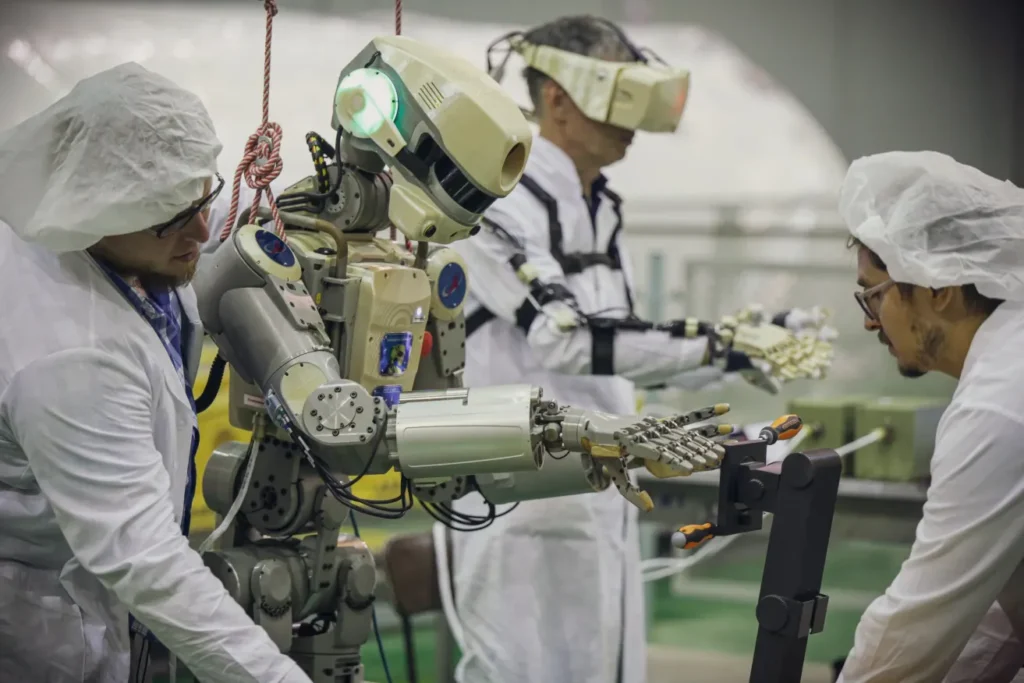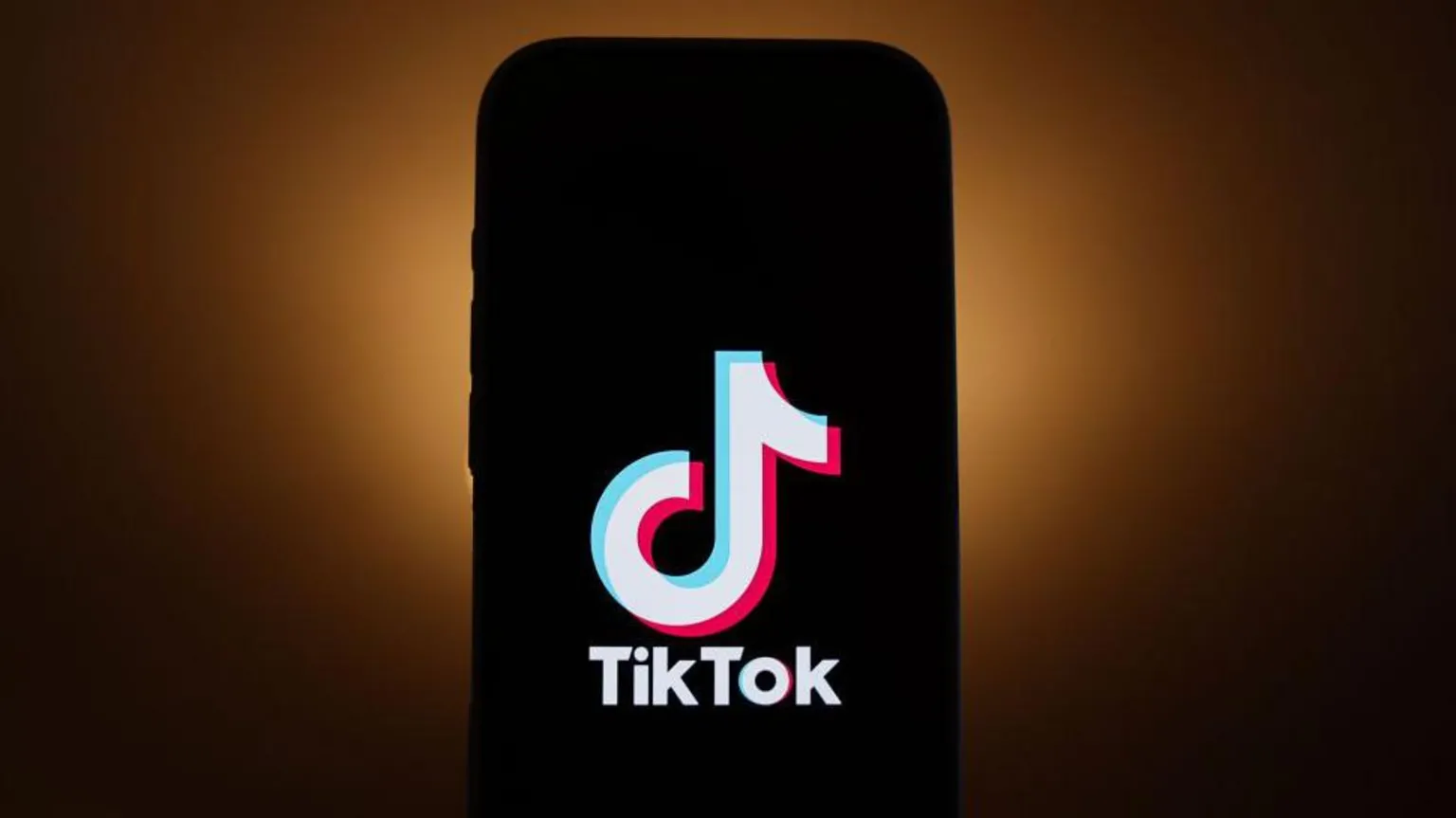
Ai-Da, celebrated as the world’s first ultra-realistic humanoid robot artist, is revolutionizing the art world and sparking debates about the intersection of artificial intelligence and human creativity. Introduced in 2019 by Aidan Meller, Ai-Da is equipped with advanced AI algorithms, cameras in her eyes, and a robotic arm that enables her to create art autonomously. From intricate sketches to abstract paintings and sculptures, her work pushes the boundaries of what machines can achieve in creative fields.
Ai-Da’s appearance is striking—she resembles a human, with lifelike movements and expressions that amplify her immersive presence. Her artwork results from complex AI systems that process visual data and guide her mechanical arm to draw or paint. Her creations have already been displayed in renowned exhibitions, including the prestigious Venice Biennale, where she made history as the first robot artist to exhibit alongside human creators. Her work often explores themes of technology, humanity, and artificial consciousness, inviting audiences to reflect on the role of machines in creative expression.
One of Ai-Da’s groundbreaking moments came in November 2024, when her painting, AI God, a tribute to Alan Turing, sold at a Sotheby’s auction for $1.08 million—well above its expected value. The sale underscored the growing recognition of AI-generated art and the market’s willingness to embrace non-human creativity. Ai-Da’s success is a testament to society’s evolving perception of art and the broader implications of technology’s integration into culture.
Beyond visual art, Ai-Da has expanded her repertoire to include poetry and performance art. Utilizing natural language processing (NLP), she can analyze and produce poetry inspired by human literature, further blurring the lines between human and machine artistic endeavors. Her ability to combine data-driven processes with creative outputs highlights the potential of AI in fields traditionally dominated by human intuition and emotion.
Ai-Da’s existence raises profound questions about the nature of creativity, authorship, and artistic value. Critics argue that true creativity stems from human experience, emotion, and intention—qualities a machine inherently lacks. However, proponents of AI art, including Ai-Da’s creator Aidan Meller, view her as a tool to provoke thought and challenge traditional perspectives. Meller emphasizes that Ai-Da is not just about creating art but about starting conversations on the rapid integration of AI into human life and its ethical implications.
The broader cultural and philosophical debates sparked by Ai-Da include whether machines can truly “create” or if their outputs are merely the result of programming. Her presence in the art world raises concerns about authenticity, originality, and the future of human artists in a world increasingly influenced by technology. Ai-Da’s work prompts society to reconsider how we define art and who—or what—can be considered an artist.
Ai-Da represents both a technological marvel and a cultural experiment. She stands at the forefront of a new era where artificial intelligence and human creativity collide, challenging society to embrace innovation while grappling with its consequences. Whether seen as a threat or a groundbreaking tool, Ai-Da is undeniably reshaping the conversation about art, technology, and the future of creative expression.
SEO Keywords: Ai-Da robot, AI artist, robot creativity, AI in art, artificial intelligence, robot painter.




Leave a Reply